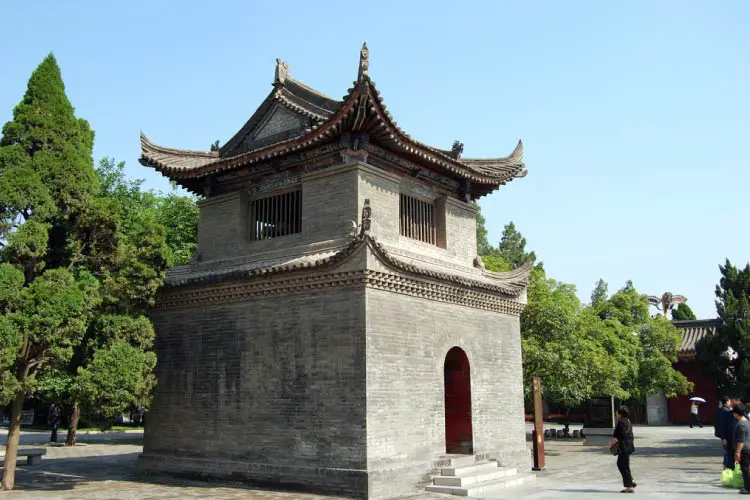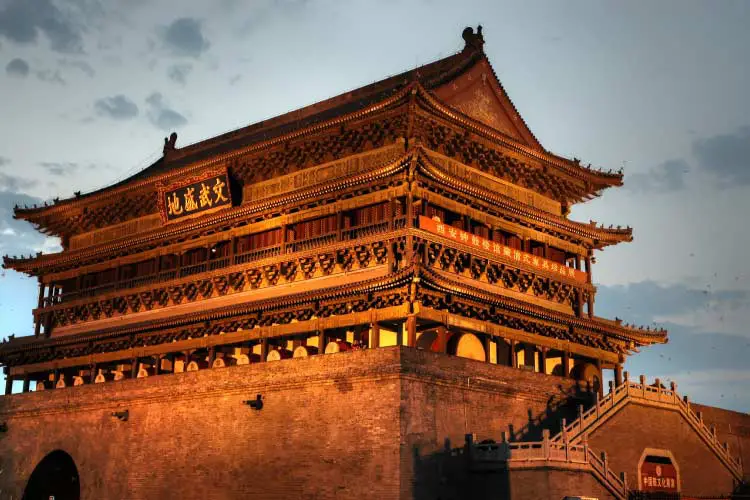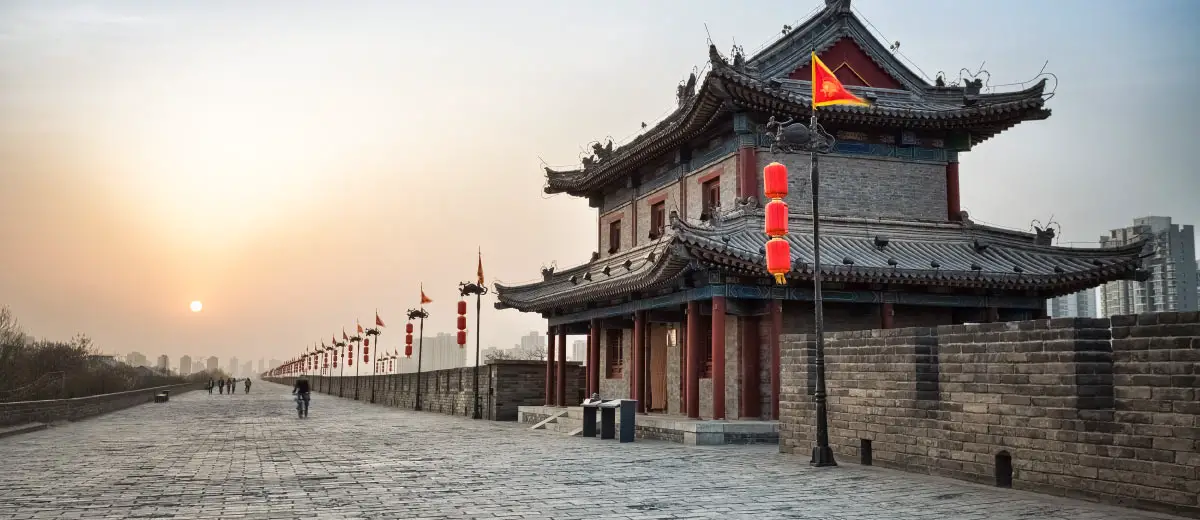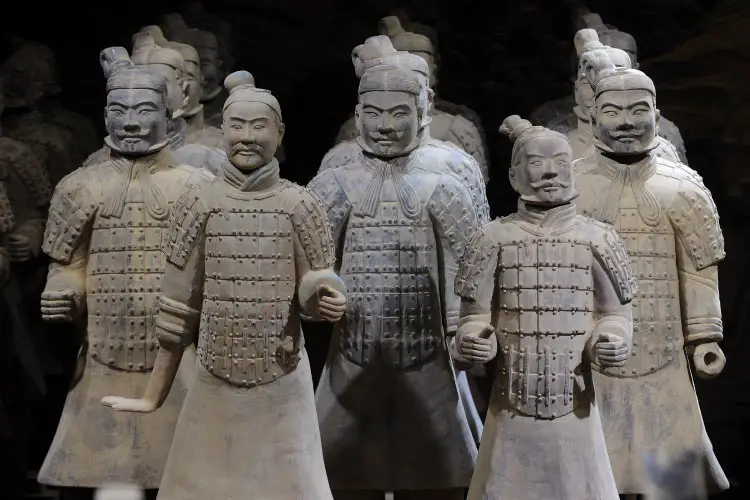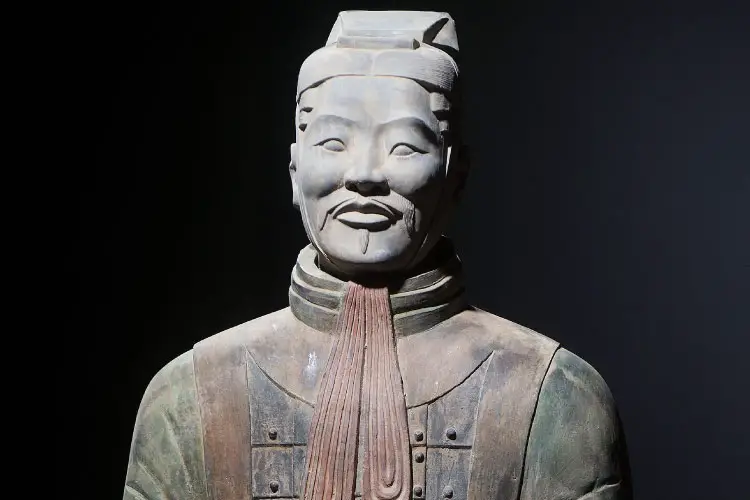Explore Xi’an, an Ancient City in Central China
One of the oldest and most loved cities in China, Xi’an was home to 73 emperors over 13 dynasties and is considered the birthplace of China since Emperor Qin united the warring cites in 221 BC. This beautiful city is proud of its historic past and visitors will experience its rich heritage in every direction. Xi’an is found in central China and is serviced by the Xi’an Xianyang International Airport. Although most tourists visit in the summer months, autumn is a particularly nice time to visit while the weather is still good and the crowds are lessened.
The first sight to impress is the city wall. Legend suggests that Emperor Zhu Sheng fortified Xi’an in the 14th century on the advice of a hermit, before setting out to battle. What remains of the wall has been renovated to its past glory, standing at 13.7 meters tall and 12 meters wide; historians note that soldiers would ascend to the top on horseback, through specially made horse passages during battles. Rent a bicycle to enjoy the panoramic views and watch locals playing Mahjong and youngsters practising singing along this ancient structure made of quicklime and glutinous rice extract.
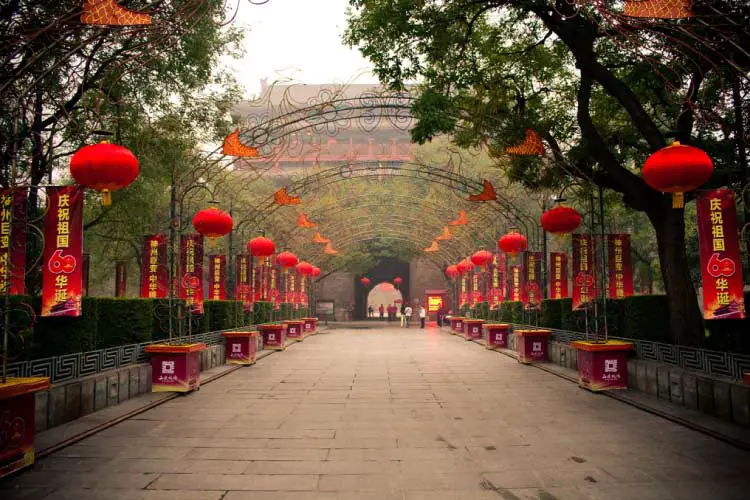
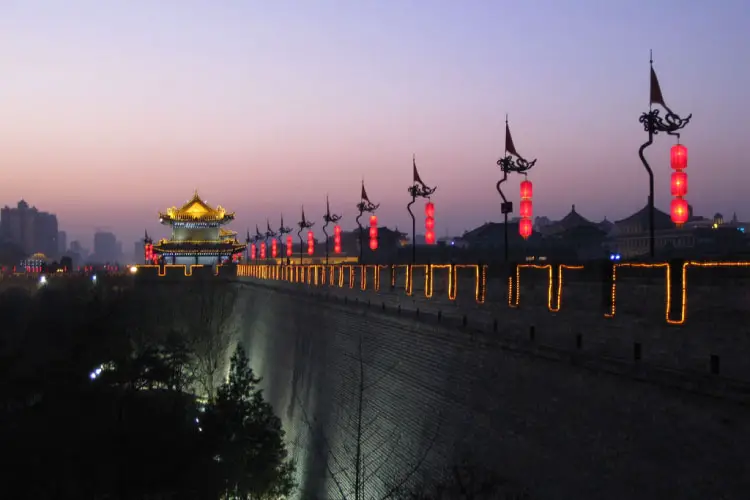
Home to the world-renowned Terracotta Warriors, this UNESCO World Heritage site brought Xi’an international acclaim. The Terracotta Army is stationed at the Tomb of Emperor Qin Shihuang. A unique heritage showcasing hundreds of life-size terracotta statues that represent the warriors themselves, who were successful in their fight in uniting China. An amazing sight, the sea of soldiers stand in pits seven meters deep, with the largest pit being 230 meters long. They stand ready for battle in their traditional uniforms and it is said that no two soldiers resemble the other. These terracotta warriors were part of a funeral offering for Emperor Qin, and were discovered by Shaanxi farmers, while digging a well in 1974.
Xi’an was situated along the Silk Road which brought with it religious influences that can be seen today. A fascinating structure, The Wild Goose Pagoda is a Buddhist pagoda built in the 1st century; This beautiful seven level pagoda is an iconic monument in Xi’an and offers breathtaking views of the modern city that has grown around the wall. Admire the architecture on the ancient streets of Shuyuanmen and the Antique Market, and browse through the numerous stores selling traditional local crafts of glazed pottery, replicas of Terracotta warriors and shadow puppets.
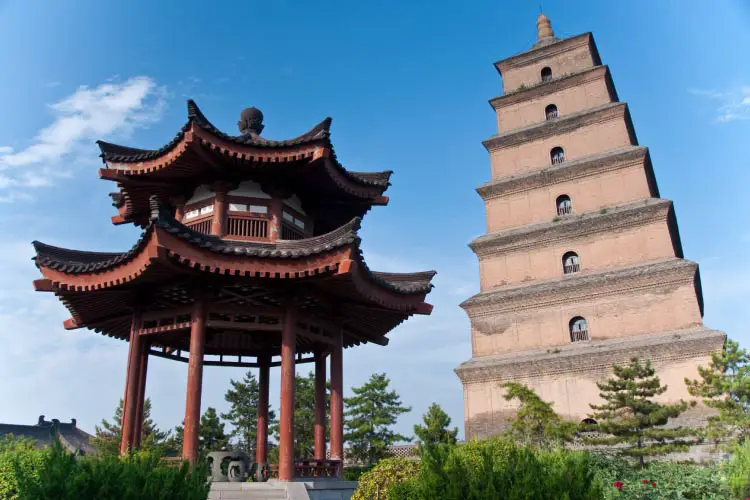
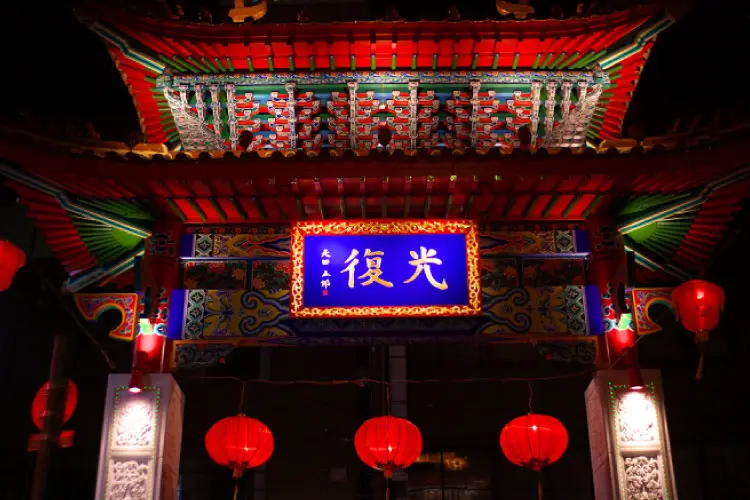
Bell Towers were common in the 13th century – in most of the Chinese cities, the bell was rung at dawn and dusk to let the inhabitants know the time of day. Near the Bell Tower, you can relax at the light and music fountain or take in a traditional Tang Dynasty music and dance show. There are several karaoke bars and popular nightclubs for party-goers and one must indulge in the local cuisine; try a Shaanxi sandwich called Rou Jia Mo or the Chinese Kebabs at the Muslim Quarter. This Islamic legacy further verifies the trade route that Xi’an had with the Middle East and Europe on the Silk Road and is just one of the many reasons to visit.
